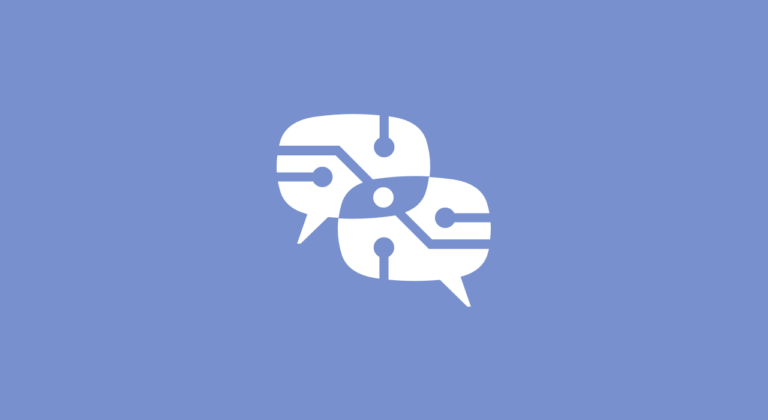At the end of each year I select one word that will encompass the upcoming year of digital design and marketing. I mainly do this for myself and my team, it provides a jumping off point for each new year. Empathy was my word a few years back, and yet I have come to realize it should be the word for every year.
em•pa•thy (noun)
the ability to understand and share the feelings of another.
Understanding the user
Empathy begins with understanding—the ability to step into the shoes of the end-user and perceive the world through their eyes. By immersing ourselves in their experiences, challenges, and emotions, we gain valuable insights that shape every aspect of our business processes.
Empathy isn’t a buzzword; it’s the cornerstone of a philosophy. Every decision, every meeting, and every interaction should be infused with understanding and compassion. It’s about thinking with heart, and executing with experience, to create solutions that resonate with the needs and desires of our users, and therefore our business.
Human Centred Approach
Empathy isn’t just a feel-good sentiment—it’s a strategic advantage. It is the center of a design thinking approach. By placing the human experience at the center of your design process, you create products and services that resonate deeply with users, fostering loyalty, satisfaction, and lasting impact.
Tips for cultivating empathy
- Listen with Intent: Take the time to truly listen to your users, seeking to understand their needs, preferences, and pain points.
- Embrace Diversity: Recognize that empathy requires embracing diversity and acknowledging the unique perspectives of individuals from all walks of life.
- Practice Observation: Pay attention to the subtle nuances of human behavior, observing how users interact with your products in real-world contexts.
- Iterate and Iterate Again: Empathy is an ongoing journey, requiring continuous iteration and refinement based on user feedback and evolving needs.
A human-centered design process consists of five core stages: Empathize, Define, Ideate, Prototype and Test.
It’s important to note that these stages are a guide. The iterative, non-linear nature of design thinking means you and your team can carry these stages out simultaneously, repeat them and even circle back to previous stages at any point in the design thinking process.
Design thinking is a human-centered approach to problem-solving that involves empathy, creativity, and iterative prototyping. Together, let’s design a world where empathy isn’t just a design principle—it’s a way of life.




